8 Looming Grocery Shortages That Could Affect the Rest of the Year
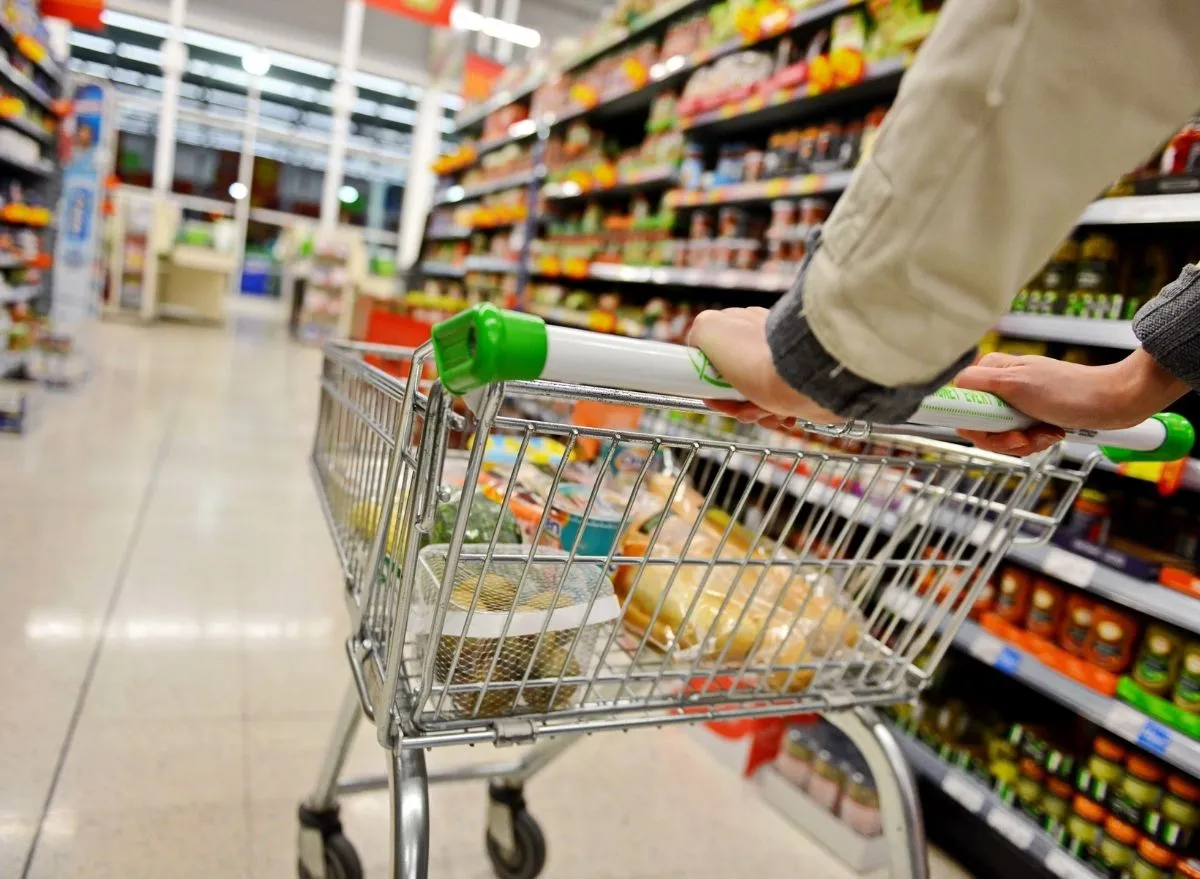
Much like taxes, grocery shortages have become an unpleasant certainty over the past several years. They’ve even reached the point where gaps on store shelves are no longer a shocking surprise but are instead met with subtle sighs of disappointment.
The Covid-19 pandemic, the war in Ukraine, and even environmental issues, are largely to blame for this recent phenomenon and consumers in all corners of the U.S. have been affected.
While some shortages from the earlier part of the year started showing signs of easing up, others are just now starting to materialize, potentially spelling trouble for the end of 2022. Here are a few foods which have recently been added to the endangered items list and could be hard to find as we brace for colder weather and the holiday season.
Chickpeas
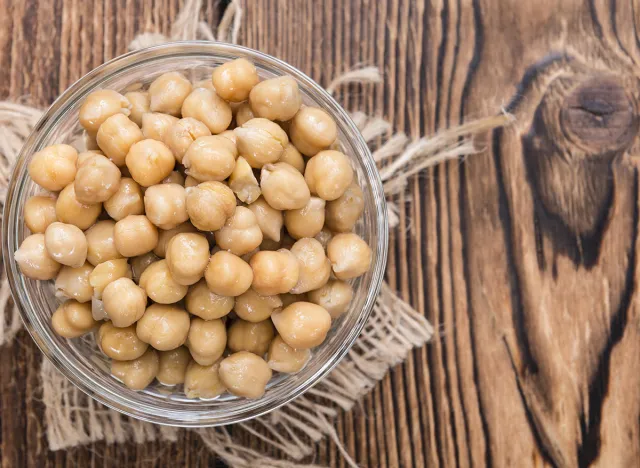
Hummus lovers may want to stock up on the protein-packed dip sooner rather than later. As ETNT reported earlier this summer, chickpeas–the core hummus ingredient—are currently facing a shortage and could see as much as a 20% drop in supplies, according to Reuters.
The ongoing Ukraine war has prevented crops from being seeded and exported from Russia and Ukraine—both significant chickpea producers. Australia and Mexico have also dealt with weather problems, including flooding, this year, hampering their own yields of the crop. All the while, demand for the item continues to skyrocket.
Corn
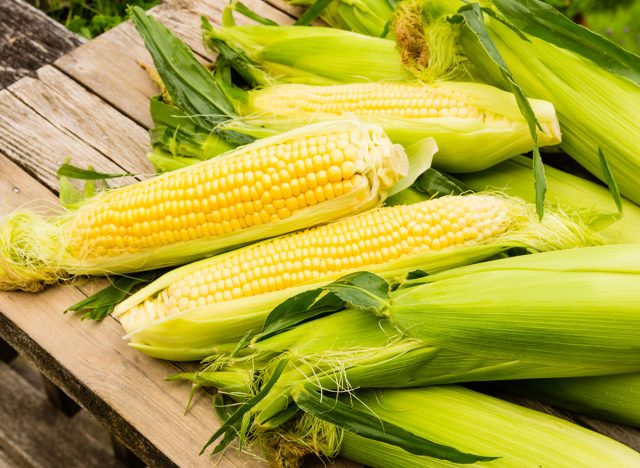
According to Bloomberg, the current TikTok-famous vegetable may also be in danger. After the examination of numerous Midwest corn fields as part of the Pro Farmer Crop Tour, scouts found an overwhelming amount of crops in less-than-ideal condition following a season of pest infestations, high heat, and little rainfall. States including South Dakota, Ohio, Nebraska, and Indiana are currently showing yields below last year’s average, and in Illinois and Iowa, scouts found more of the same.
Unfortunately, a shortage of corn also means a possible shortage of many of its beloved byproducts such as cereals, corn syrup, and everybody’s favorite movie snack–popcorn. We can’t imagine a more horrible thing!
Tomato products
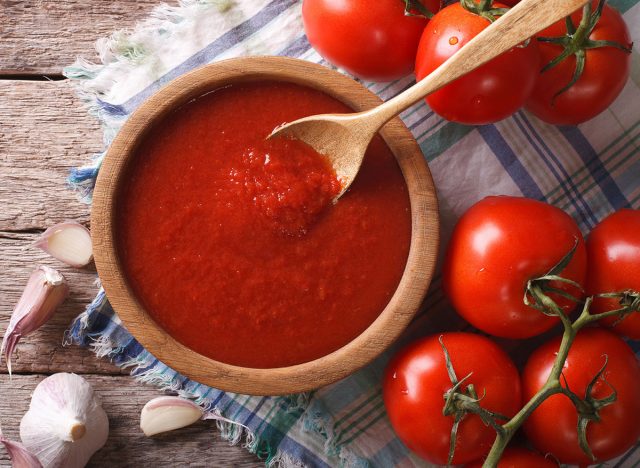
The weather hasn’t been kind across the western part of the country either, and specifically in California, tomato plants have taken a devastating hit. Drought and unprecedented temperatures have put added strain on farmers already dealing with inflation and rising fertilizer costs due to the war in Ukraine.
More than 40% of California has been facing an “extreme drought,” and one farmer shared with FOX Business that over the past couple of years, about 15% of his cropland for processing tomatoes has been plagued by these adverse conditions. This means many tomato-based products including ketchup, pasta sauce, and salsa could become less available in the coming months.
Turkey
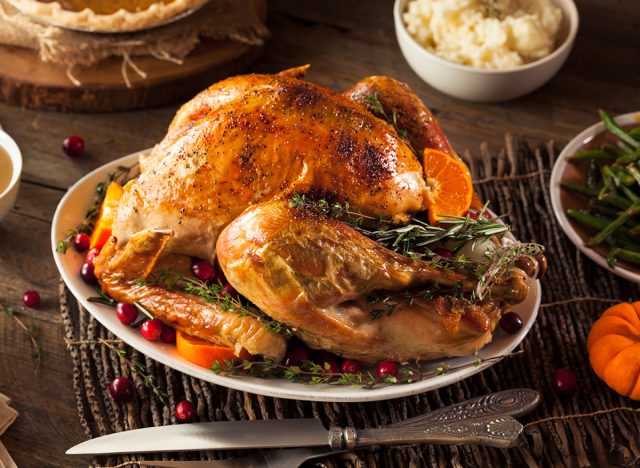
Experts are anticipating an upcoming shortage of turkey, primarily due to a bird flu outbreak that has run rampant this year. “Looking ahead to the Thanksgiving holiday, we believe that the impacts from the latest outbreak of highly pathogenic avian influenza (HPAI) in the U.S., combined with skyrocketing production costs, have led to a declining domestic turkey flock, lower meat supplies, and higher prices,” Walter Kunisch, senior commodities strategist at Hilltop Securities Commodities, told FOX Business.
Unfortunately, Americans faced a similar turkey shortage in 2021 and may be forced to pay higher prices or find a holiday alternative yet again.
Beer
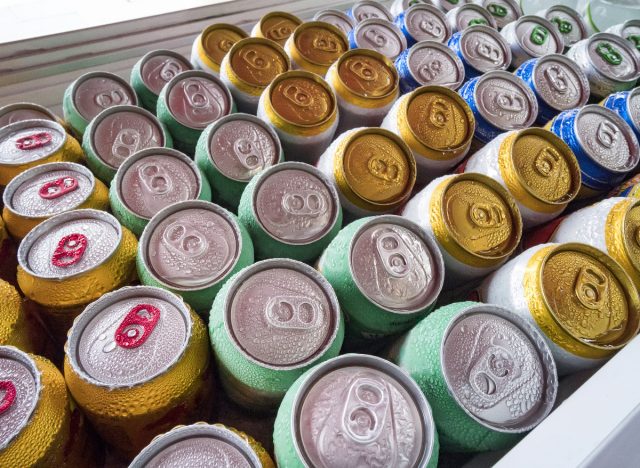
Upcoming football watch parties and tailgates could be lacking in the beverage department as a beer shortage looms. Breweries and beer makers have struggled to get their hands on carbon dioxide recently, which is vital to both the beer brewing and packaging processes. CO2 supplies have reportedly been unstable for years due to supply chain issues sparked by the pandemic. And, more recently, the contamination of a CO2 reservoir caused by an extinct volcano (yes, you read that right) has exacerbated the issue.
If that’s not enough, beer companies are additionally navigating the ongoing aluminum can shortage. However, this shortage has shown signs of improvement, and CO2 levels are additionally expected to return to normal by mid-October.
Frozen Pizza
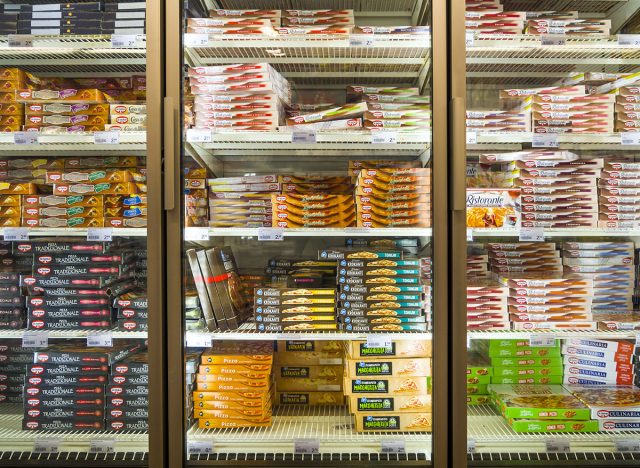
Believe it or not, carbon dioxide is also a core ingredient in the production of many frozen foods, including store-bought frozen pizza. CO2 is typically used as a refrigerant to preserve the taste and texture of frozen products during storage and transportation. The carbon dioxide helps protect frozen foods from spoiling. So, the frozen pizza aisle–similar to the beer aisle–might look a little bare over the next month or so.
Chocolate
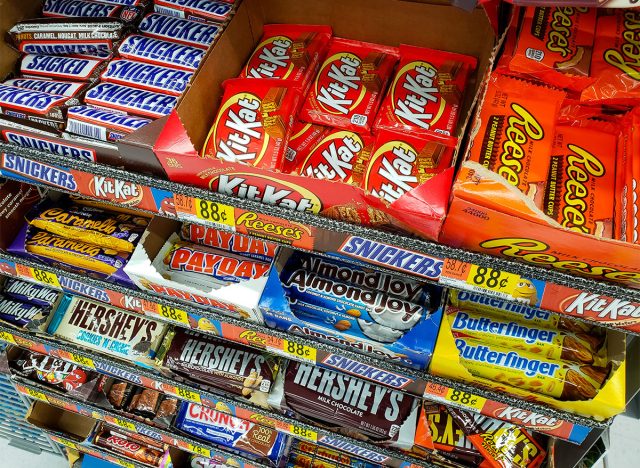
Hershey announced earlier this summer that it was bracing for a possible shortage of chocolate and candy for Halloween. The candy manufacturer explained that the war in Ukraine has made raw ingredients such as edible oil and cocoa harder to come by, and at the same time, it has faced astonishing demand over the past year. More seasonal products were said to be neglected in order to fill the shelves to meet normal day-to-day demand.
The company has since backtracked on this, however, and a Hershey spokesperson even said in a statement to Today that, “[Hershey] will have even more seasonal products available to the consumer this year than last year.” Even with this updated information, it may still be a good idea to grab your Hershey favorites such as Reese’s, Twizzlers, and Heath bars a little early this year.
Olive Oil
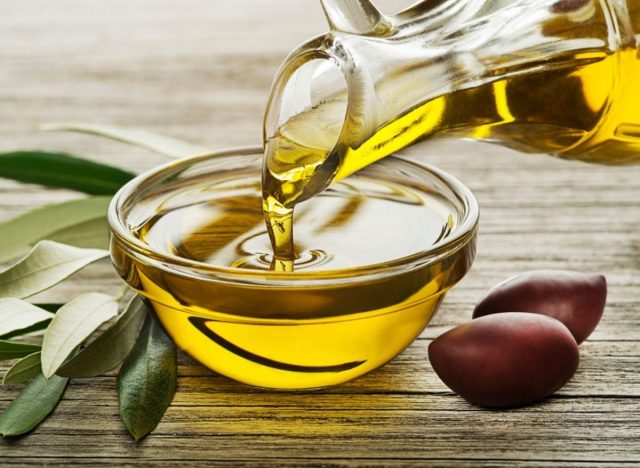
The cooking essential could soon become a hot commodity as major olive oil producers Spain and Italy recover from one of the most brutal summers on record. Across Western Europe, June and July temperatures broke 100 degrees Fahrenheit and widespread drought dried up miles and miles of soil. Analysts estimate that olive oil production from Spain could face a 25-30% drop compared to last year, and supplies from Italy could similarly see a 20-30% decrease as well, according to The Guardian.
On top of the weather problems, the war in Ukraine and supply chain issues have additionally contributed to a hike in olive oil prices. If you’ve picked up a bottle from the store recently you’ve likely already noticed, and you may want to use the rest of your supplies sparingly.









